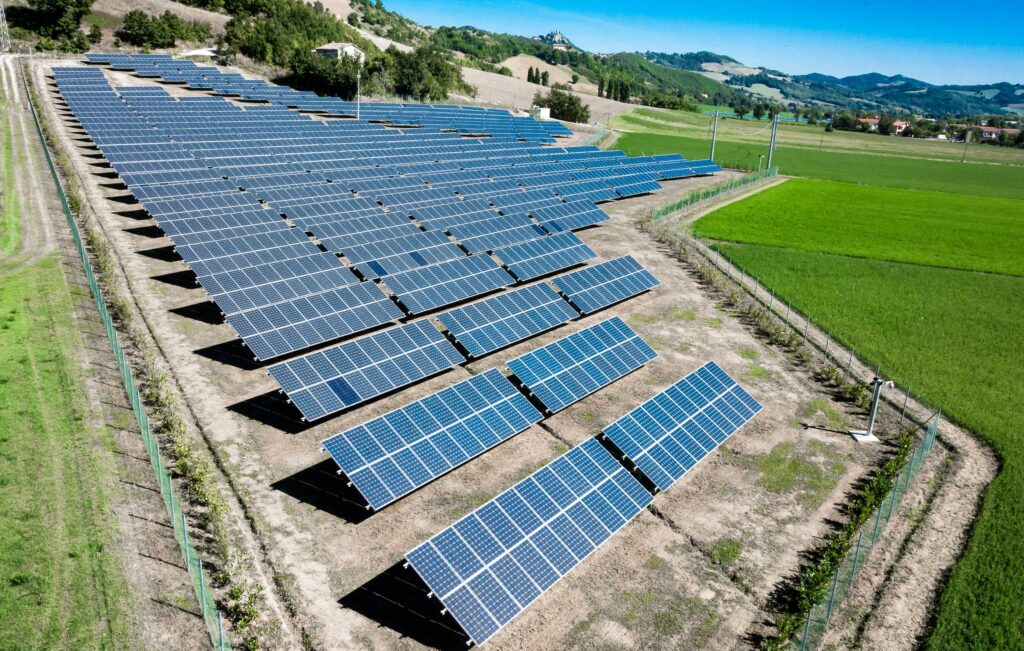When configuring a photovoltaic (solar) system, you first need to determine the system’s capacity to meet daily electricity demand. In this case, your daily electricity usage is 10 kilowatt-hours of electricity (10 kWh).
Calculate solar panel capacity:
Find out the average number of hours of sunshine in your area. Daylight hours vary depending on geographic location and season. For a conservative estimate, you can assume the average number of hours of sunshine is 4 to 5 hours.
Calculate required solar panel capacity:
Battery panel capacity (kW) = daily power consumption (kWh) / average sunshine hours
For example, if daily electricity consumption is 10 kWh and the average number of sunshine hours is 5 hours, then the required solar panel capacity is 2 kW.
Choosing Solar Panels:
Choose the right solar panels based on the required capacity. Typically, solar panel capacity is measured in watts (W) or kilowatts (kW). In this case, you will need at least 2 kW of solar panels.
Consider System Components:
In addition to solar panels, you also need to consider other system components such as inverters, racks, and battery storage (if required). An inverter converts the DC power generated by your solar panels into AC power that can be used by your home appliances.
Consider installation and space:
You will need enough space to install your solar panels. Determine the installation location, such as the roof or the ground, and make sure there are no obstructions blocking sunlight.
Compliance and Permits:
Make sure your PV system complies with local regulations and permit requirements. Coordination with local power companies or government agencies may be required.
Monitoring and Maintenance:
Once the system is installed, regular monitoring and maintenance is important. This includes making sure the solar panels are kept clean, electrical wiring is connected properly, the inverter is operating properly, etc.
Financial considerations:
Consider the cost and payback period of a solar system. This includes solar panels, inverter, installation, maintenance and possibly battery storage costs.
Please note that this is only an outline plan. Actual PV system configuration will be affected by many factors, including your geographic location, energy demand patterns, system budget, and available space.


